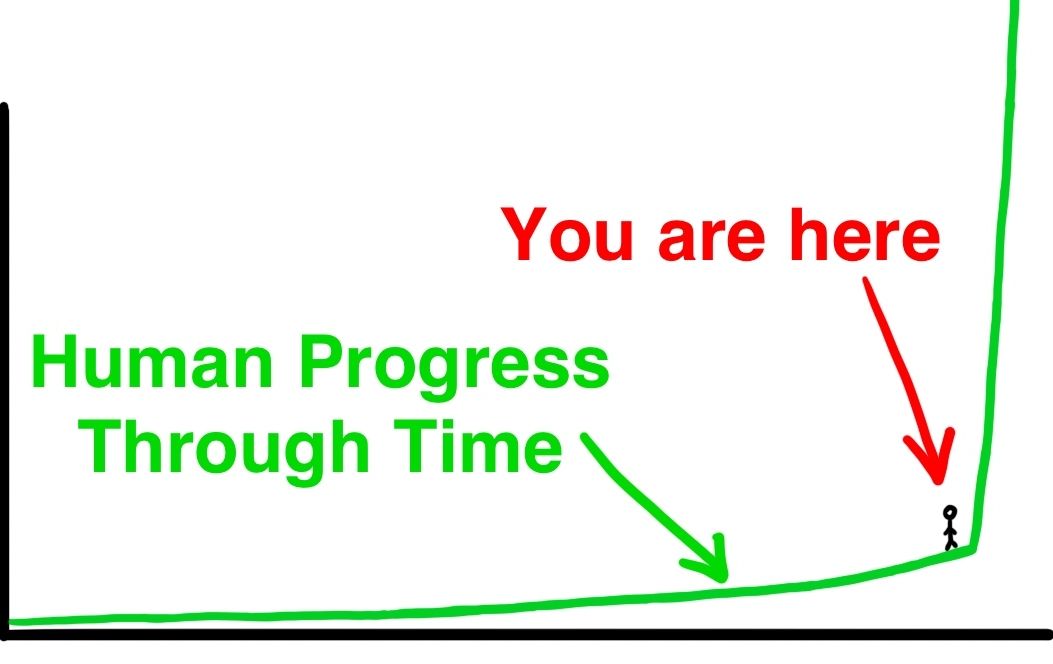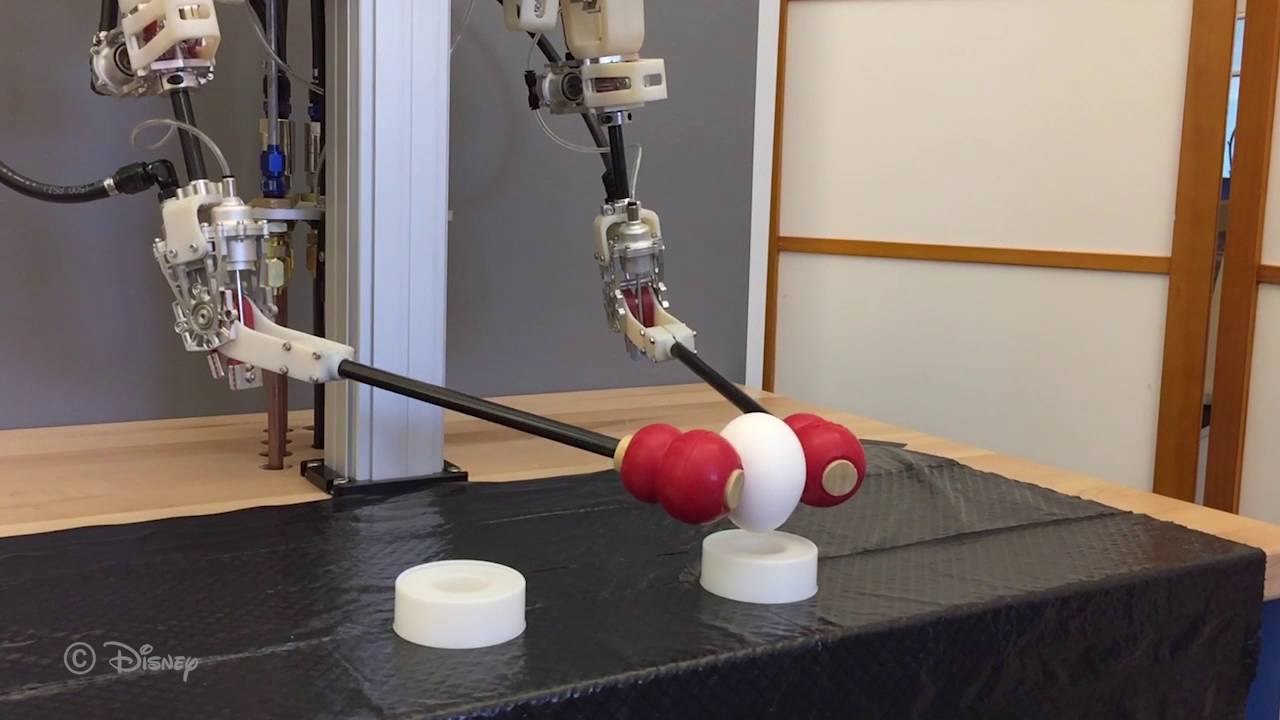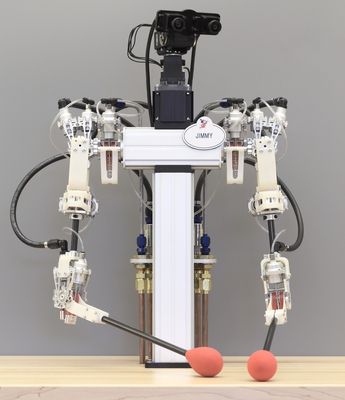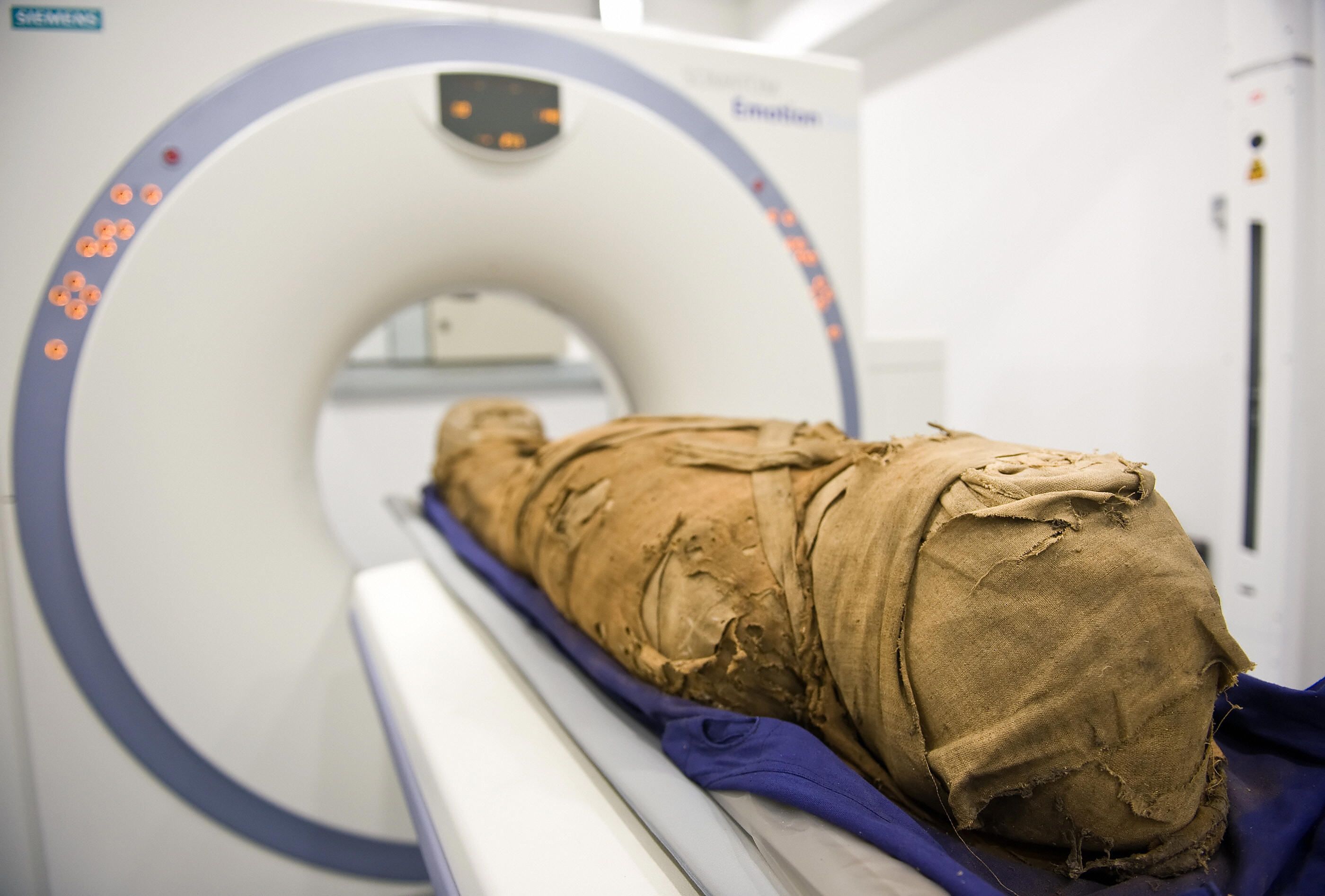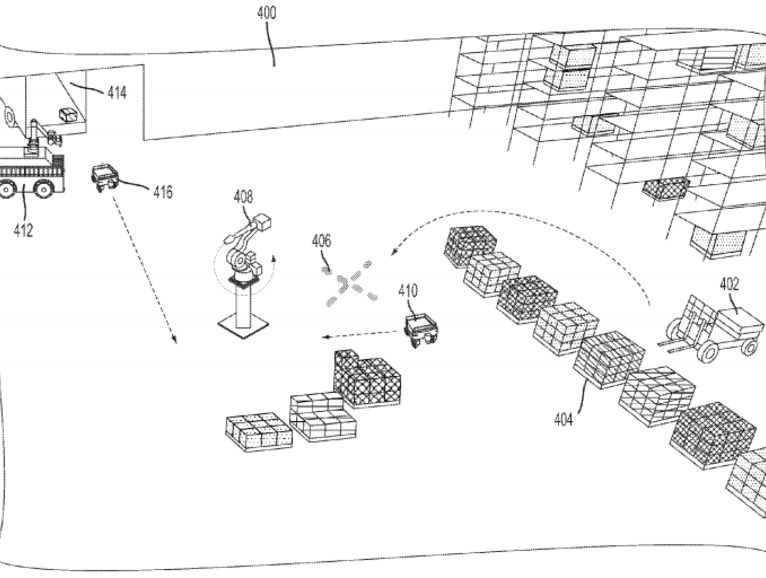Today’s emergence of nano-micro hybrid structures with almost biological complexity is of fundamental interest. Our ability to adapt intelligently to the challenges has ramifications all the way from fundamentally changing research itself, over applications critical to future survival, to posing small and medium as well as truly globally existential dangers.
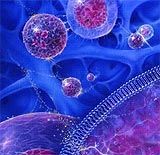
In this article I publish suppressed information that has been actually officially published, but is effectively kept unavailable (after being rejected from all higher impact factor journals in the relevant fields because the text is too critical, it was officially published [1], but the title, corresponding author list and text was altered, no proof copy having been given to the actual author, and it can also not be as normally downloaded, even for researchers who should have access. Since this text is highly interesting and relevant far beyond the narrow engineering sciences, I allow myself to actually publish the most interesting and critical parts (slightly edited) in a series of short posts. If citing, please cite [1] anyway in order to support the author.)



